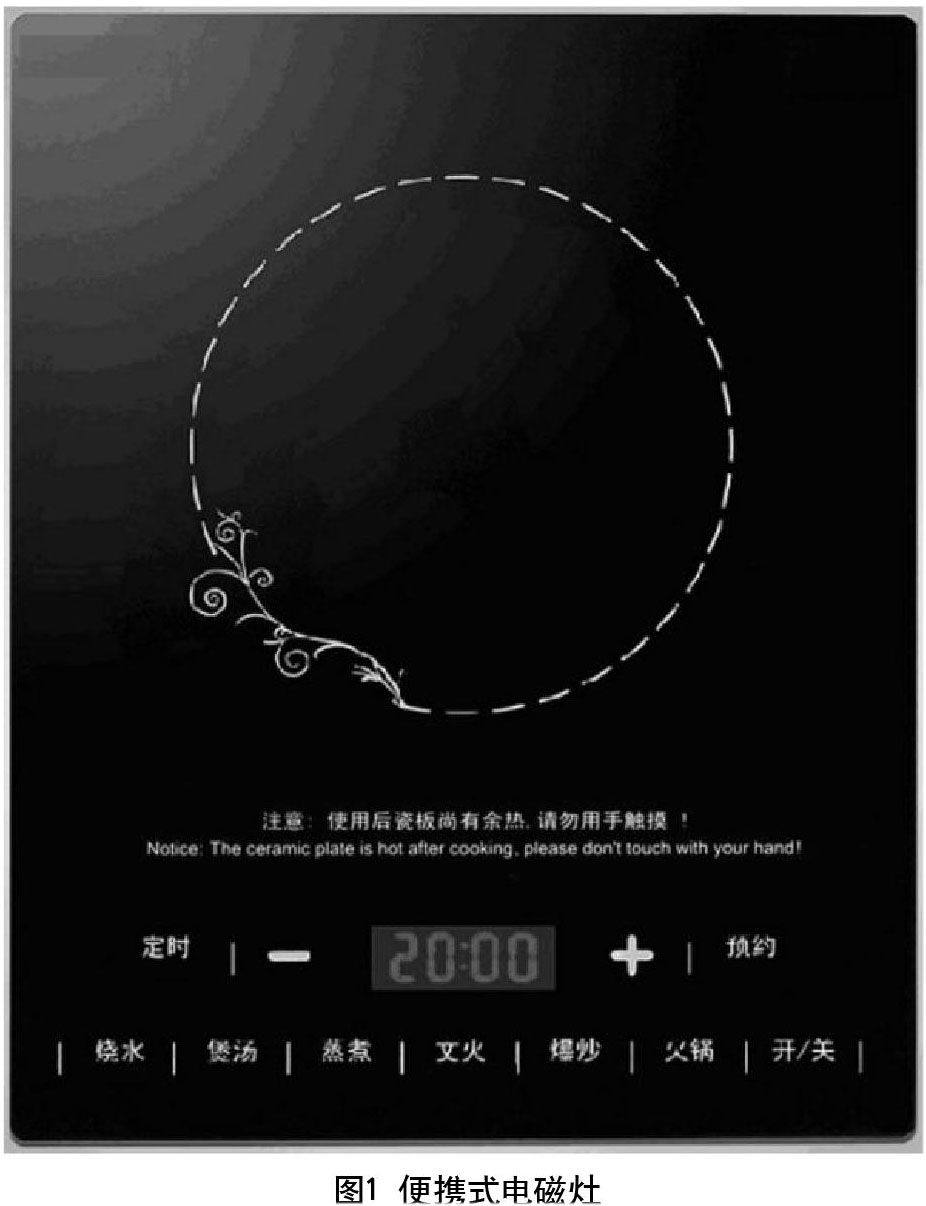 材料制成的灶头表面,对没有暴露在21.101试验的表面部分施加3次冲击,冲击能量为0.70J±0.05J。该冲击不施加在距按钮20 mm的表面。注:如果灶头表面除了外部框架外是由一整块材料构成的,则该测试不进行。
材料制成的灶头表面,对没有暴露在21.101试验的表面部分施加3次冲击,冲击能量为0.70J±0.05J。该冲击不施加在距按钮20 mm的表面。注:如果灶头表面除了外部框架外是由一整块材料构成的,则该测试不进行。
. IEC60335-2-6:2008中21条[2]:
This clause of Part 1 is applicable except as follows.
Addition:
If the appliance has glass doors, three blows are applied to the center of the glass, the door being in the closed position. If the blows are also applied to the inside of the door when it is in the open position.
The glass shall not fracture.
If the appliance incorporates visibly glowing heating elements enclosed in glass tube, the blows are applied to the tubes as mounted in the appliance if they are
located at the top of the oven and accessible to test probe 41 of IEC 61032;
located elsewhere in the oven and accessible to test probe B of IEC 61032.
For hob surfaces of glass -ceramic or similar material, three blows are applied to parts of the surfaces that are not exposed to impacts during the test of 21.102, the impact energy being increased to 0,70 J ± 0,05 J. The blows are not applied to surfaces within 20 mm of knobs.
NOTE 101 If the hob surface comprises a single piece of material, except for the outer frame, this test is not carried out.
NOTE 102 additional support is not provided for the door in the open position.
同样,针对电磁灶头部分,其意义为:对玻璃、陶瓷或类似材料做的灶台表面,三次冲击施加于21.102试验期间没有暴露出来经受冲击的表面部分,冲击能量增加为0.70J±0.05J。该冲击不加在距按钮20m m内的表面。
注1:如果灶台表面做成除了外部框架以外的一整块,则不进行该试验。
2 国家标准GB4706.29-2008
GB4706.29-2008《家用和类似用途电器的安全 便携式电磁灶的特殊要求》中的第21.1条[3]内容为:
21.1 增加:
对于打算户外使用的器具,冲击能量增加到0.7J。
对于玻璃、陶瓷或类似材料做成的电磁灶表面,如果未经受21.101的试验,则施加3次冲击,冲击能量为:0.70J±0.05J。该冲击不施加在距按钮20 mm内的表面上。
注101:如果电磁灶表面做成除了外部框架以外的一整块,则冲击能量不必增加到0.7J。
注102:对带有非平面灶面的器具,冲击试验正在考虑中。
3 差异
对比IEC标准和国标可以看出,两者在对于电磁灶表面的冲击测试上存在一定的差异,主要为:
(1)IEC标准要求21.101试验的区域外的灶头表面施加能量为0.70J士0.0 5J的冲击;而国标要求是电磁灶表面未经受21.101试验的,施加3次能力为0.70J士0.0 5J的冲击。
(2)IEC标准要求如果灶头表面除外部框架外其余由一整块材料构成,则0.70J士0.0 5J的冲击测试不进行;而国标要求是如果电磁灶表面做成了除外部框架以为的一整块,则冲击能量不必增加到0.7 J。那么对于国标的理解即为:该冲击测试还是需要进行,只是能量不必增加到0.7 J,保持为GB4706.1通用要求中的0.5 J。
如图1所示的电磁灶,其表面为一整块微晶面板,在实际认证测试过程中,若按照IEC60335-2-6或者IEC60335-2-9标准,只需要进行21.101条的在加热区域内的机械强度测试,面板上按键表面20 mm外的区域不用进行0.70J士0.05J的冲击试验。若按照GB4706.29标准测试,除中间圆形加热区域经受21.101条试验外,面板上按键表面20 mm外的区域还要进行冲击试验,只是冲击能量不必增加到0.7 J,用GB4706.1中规定的0.5 J。
4 结语
家用电器的安全测试出发点是考虑并模仿消费者实际该产品时可能出现的各种操作时不会出现危及安全有重大影响,所以本人认为当电磁灶的面板由一整块材构成,其面板加热区域经受了21.101条的冲击试验后,面板上的其他区域则没必要再用0.5 J的能量进行冲击测试了。这也与IEC的相关标准要求相一致。
随着家用电器行业的飞速发展,国际电工委员会对IEC60335系列标准在不断的修订和完善。同时我国为使家用电器的安全水平与国际水平接轨,等同采用了国际安全标准,但我国由于起步较晚,在标准制定和产品检测方面可能仍然不乏困难,这也需要我们相关人员更加努力的探索和研究!
参考文献
[1]IEC60335-2-9:2006 Household and similar electrical appliances safety-particular requirements for grills, toasters and similar portable cooking appliances.
[2]IEC60335-2-6:2008.Household and similar electrical appliances safety-particular requirements for stationary cooking ranges, hobs,ovens and similar appliances.
[3]GB4706.29-2008家用和类似用途电器的安全 便携式电磁灶的特殊要求.
